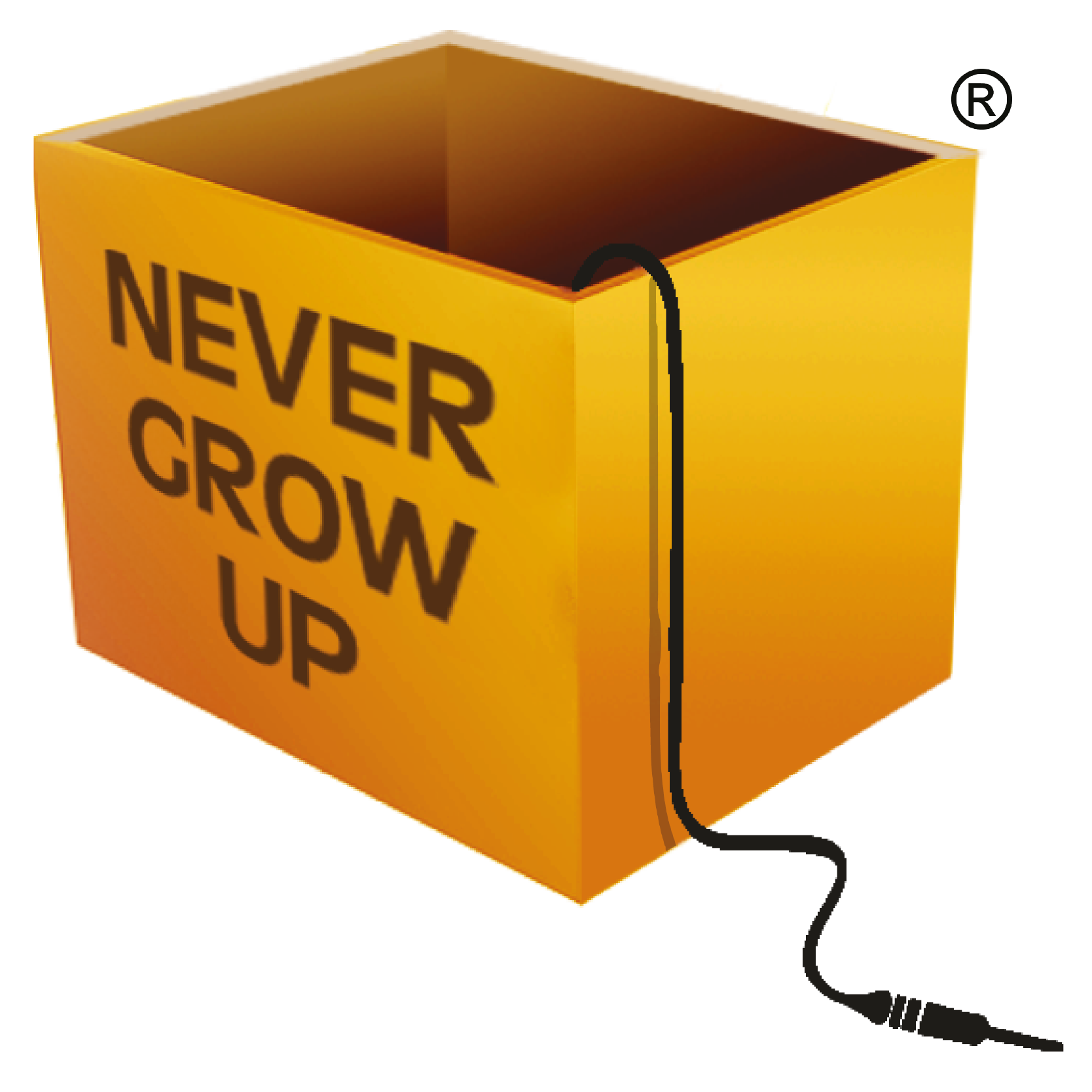Employee engagement is not just a buzz-word today. While it’s great that most organizations have come to value the importance of an engaged workforce, the obsession with the annual employee engagement surveys and award lists seems to be a case of misplaced importance. Granted that surveys are a great way to pool in copious amounts of data, that they help in establishing a base-line and the results can be insightful enough to guide you on the path ahead. But a survey is not the answer to everything (and that’s not just because surveys only have questions!). Moreover, most employee engagement surveys today seem to be failing. Why? Let’s take a look at what’s going wrong and what could be done about it.
Global v/s Local Understanding
Most organizations adopt available surveys rather than adapting them to their workforce demographics. The issue with such global roll outs is that they are not suited for the Indian audience or the Indian work environment. Yes, we do live in a “global” village and yes, most surveys claim to be globally relevant and culture-free but surveys seem to work best when the questionnaire is as relatable and individualized as possible. There are organizations that fail to seek advice from employee engagement consultants even in time of need. Employee recognition ideas is still a developing practice in the Indian work space, making this a slow progress for all.
Bring in a boring question please!
Packaging matters. If your survey is not attractive, people won’t take out time for it. What’s being asked is second only to how it’s being asked. Nobody looks forward to answering a long, boring list of questions. The first step to driving employee engagement is to create a survey that even your most disengaged employees would want to take. Moreover, the questions in themselves should also be interesting, non-leading and simple at the same time. Situational questions work really well as they make the audience place themselves in those situations. Social desirability is another bias that often colour survey results as people end up choosing answers that seem right.
At One Go!
Most employee engagement surveys demand that you take them at one sitting and that too at your desktop. Which means that there is always the fear of someone in the vicinity overlooking your answers. Or feeling conscious about the fact that your ID is being tracked. We realize that considering how tightly wound our schedules are and that we are usually multi-tasking at any given point of time, a survey should appear to be an added burden.
Being able to pace out the survey so that one can save answers and get back to it when they have the time again makes sure that people neither complete the survey in a hurry nor select answers randomly. Plus, people tend to fake answers when they know there are others scrutinizing them and judging their responses. Optimizing surveys for smart-phones and tablets is a smart move! It makes sure that the survey can be taken anywhere, on any device and away from prying eyes.
Once a Year only!
Administering one block-survey every year is not really ideal. Mini-surveys paced out over a long period of time work much better than such annual surveys that go on for pages. A holistic, integrated, and real-time method works way better in driving commitment and passion. Moreover, people tend to lose connect much easily if it’s an annual one-time deal and there is the added pressure for HR to get people to participate and share feedback. But then, would you rather be judged as a company purely on what people feel during a particular time period?
Conformity to Structure
A lot of annual employee engagement surveys run on an essentially one-size-fits-all philosophy. This may or may not fare well when it comes to helping employees relate to the questions. Thus, most surveys end up seeming distant and suffer from a disconnect with the organization and the audience. Customizing weightages gives you the unique advantage of tailoring the survey exactly to the needs and culture of your organization.
However, everything said and done, majority of employee engagement surveys work best and are taken more seriously when employees get to see tangible changes being made and action being taken to address all that have been candid about. So, while surveys are great as the first step to engagement, to make your employees realize that you really care, you do need to walk the talk. And having employee engagement activities is the best way to walk the talk.
This article first appeared on the SHRM website. Click here to know about Happyness Quotient – a survey tool that makes your life simpler and your workforce happier.





